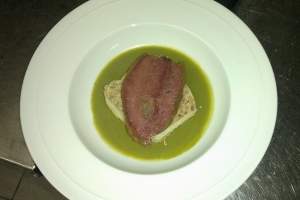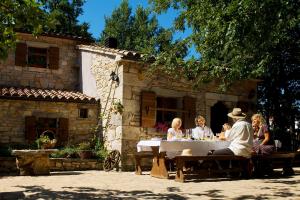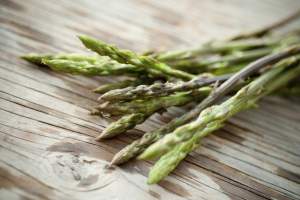Istrian pasta
On their way from the Italian regions to Istria, names and shapes of pasta gradually changed until they became uniquely Istrian.
Lovers of Italian pasta would be surprised at what Istrians call lasagna: it is not large flat noodles with layers of sauce and cheese, but any dish that uses the flat noodle. Their simple form makes them ideal for many dishes, including a lithesome nest for white truffles. Besides the large lasagna, there are also thin lasagna for soups and the slightly larger ones for maneštra.
Ravioli, or filled pasta, plays an important role in the Labin area where krafi are filled with a cheese, walnuts and raisins, cooked and then browned with a sweet sauce. The most common pasta during Lent were the pasutice or posutice in which the dough is cut in cubes, cooked and tossed with warm olive oil and salted sardines or salt cod.
Makaruni, žbirići or pljukanci, spindle-shaped pasta, are gaining popularity and the most popular by far are fuži - tubes of thin pasta 3 to 5 centimeters long. The smooth dough is made from wheat, salt, eggs and water, kneaded and rolled into a thin sheet before being cut into 4x4 centimeter cubes. Opposing corners are folded toward the middle and pressed.
Like lasagna, fuži also have a wide use but are generally smothered in homemade sauces (žgvaceti), or Istrian goulash - a thick, dense meat sauce. Poultry sauce (žgvacet) is highly prized and can be made from poultry or beef, before robust wild game is added.

















